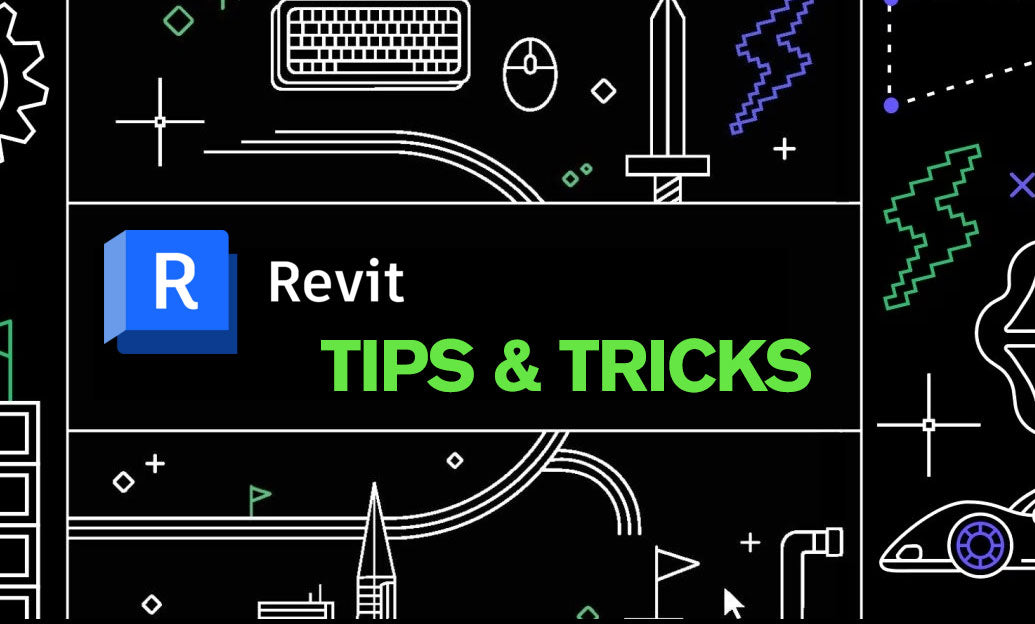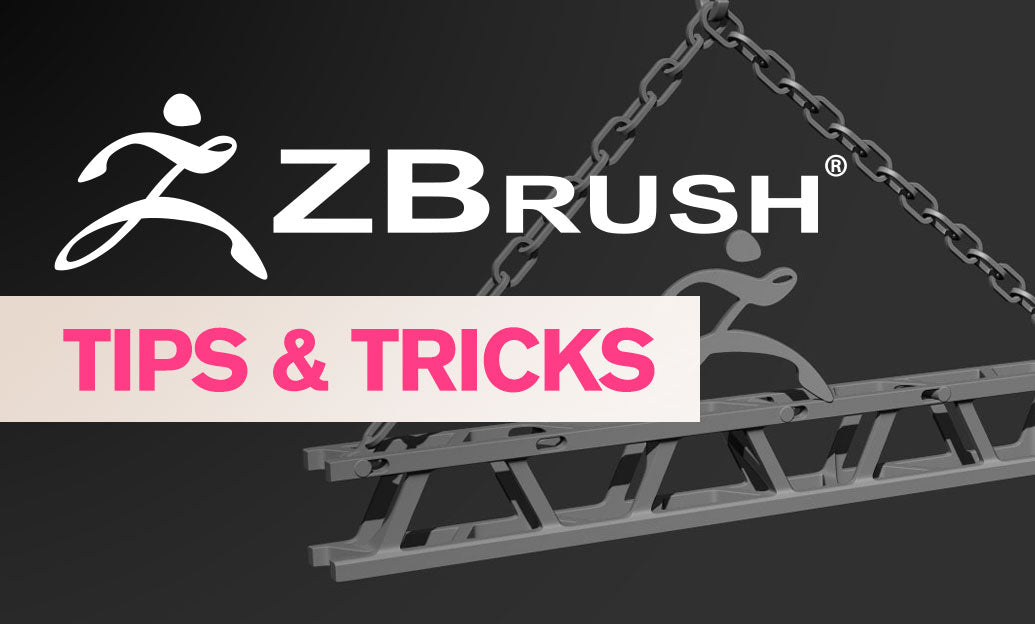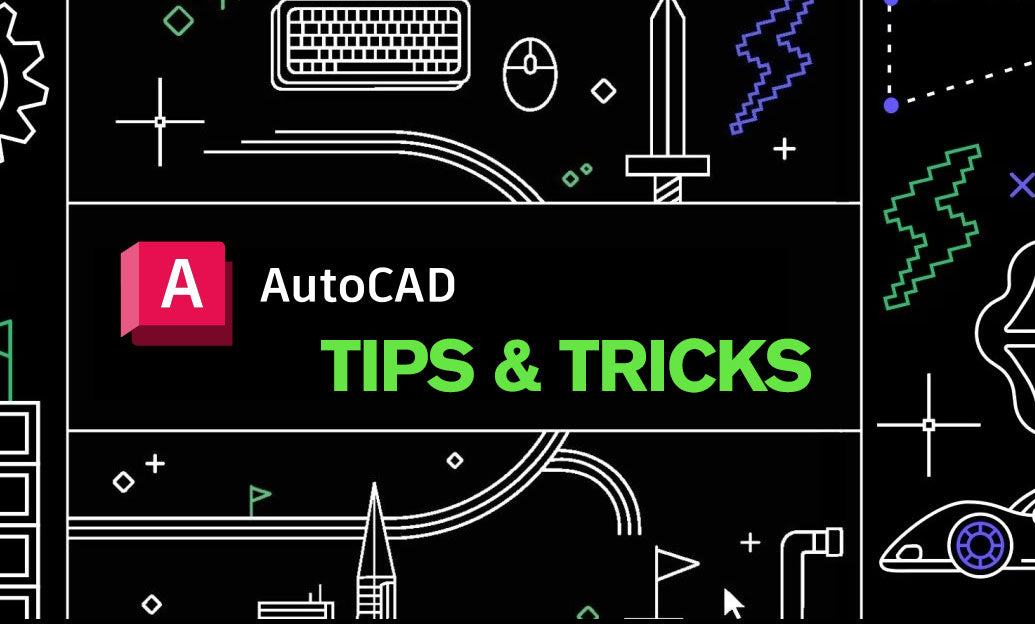Your Cart is Empty
Use Work Plane tools to place and control elements that don’t sit on standard levels—sloped roofs, angled fins, custom casework, or stair geometry.
Core workflow
- Plan the host: Create Reference Planes (RP) where you need stable, named planes. Name them clearly (e.g., “Roof_Slope_7deg” or “Lobby_Fin_Azimuth”).
- Set the active plane: Architecture/Structure tab > Work Plane panel > Set. Choose:
- Name: Select a Level, Grid, or a named Reference Plane for predictable hosting.
- Pick a Plane: Click any planar face in the model for quick, contextual work.
- Confirm before sketching: Use Show Work Plane to visualize the plane in the current view. Adjust view orientation or section box for clarity.
- Model on the plane: Create model lines, extrusions, components, or sketch-based edits directly on the active work plane.
When to prefer named Reference Planes
- Repeatable design systems: Screens, fins, or panels that need consistent hosting across multiple views and phases.
- Sloped/warped surfaces: When faces may change or be replaced (e.g., early roof studies), a stable named plane avoids rehosting later.
- Team handoff: Named planes communicate intent and reduce the risk of accidental rehosts. Label with purpose and orientation.
Family editor specifics
- Work plane-based families: In Family Category and Parameters, enable “Work Plane-Based” for components that must host to arbitrary planes or faces.
- Define strong references: Use Reference Planes with meaningful names and strong references so align/lock and dimensioning behave as expected in projects.
- Test flex: Flex the reference planes and parameters to ensure geometry stays attached to the intended plane before loading into the project.
Placement and control tips
- Align and lock: After placing on a plane, use Align to lock critical edges to reference geometry for robust behavior through design changes.
- Use dedicated views: Create a working 3D view (e.g., “_WP_Work”) with a section box and keep Work Plane visibility on for rapid verification.
- Keyboard shortcuts: Assign shortcuts for Set and Show Work Plane to reduce context-switching during iterative modeling.
Troubleshooting
- Element “disappears”: In Properties, check the Work Plane and the element’s Host. If the host was deleted or altered, use Edit Work Plane to rehost.
- Unstable hosts: Avoid hosting to faces of linked models or placeholder geometry; prefer project-owned named Reference Planes.
- Sketch errors: If a sketch won’t complete, verify you’re sketching on the intended plane and that profiles are closed and non-self-intersecting.
Best-practice checklist
- Name every Reference Plane that hosts model elements.
- Avoid deleting named planes; rehost dependent elements first.
- Document plane usage in view notes or a coordination schedule for team clarity.
Need guidance on setup, training, or licensing? Connect with NOVEDGE for expert advice on Autodesk Revit. Explore Revit solutions and add-ons at NOVEDGE’s Revit catalog to enhance your work plane workflows.






